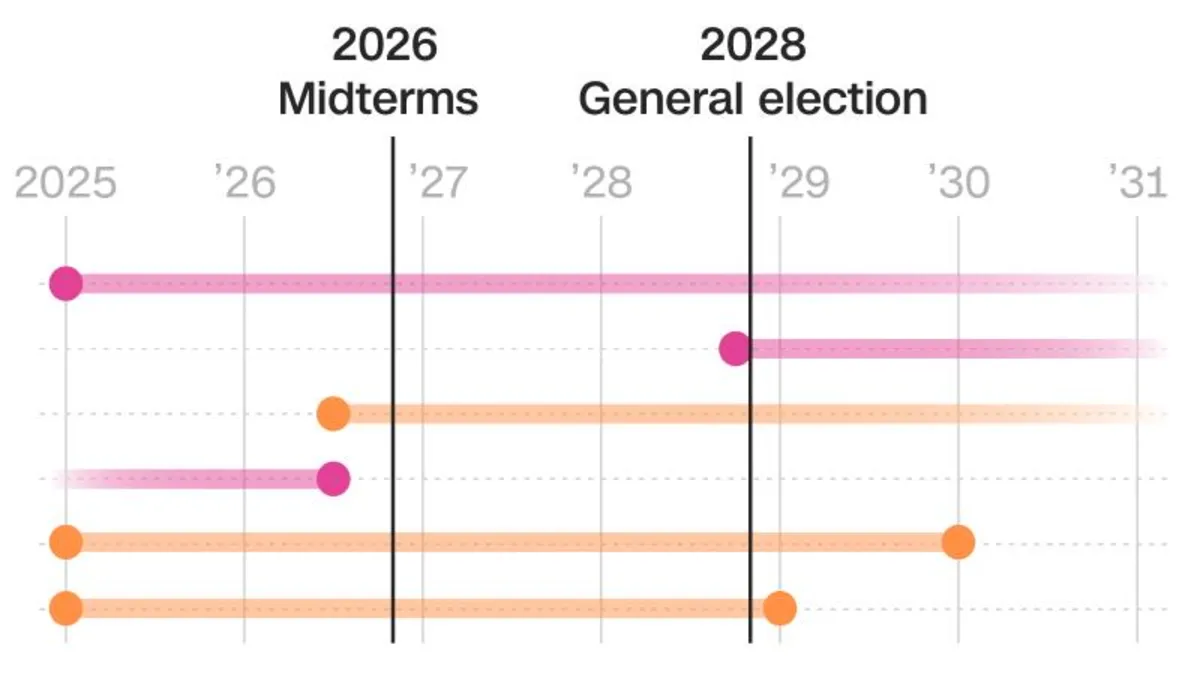
On July 4, President Donald Trump achieved a significant milestone in his second term by signing a landmark tax and spending cuts bill into law. This legislation marks the first major legislative success of his presidency, showcasing the Republican Party's commitment to enacting a sweeping agenda despite facing strong opposition from Democrats and concerns within the GOP regarding its potential impact on the federal deficit and various government programs.
The newly signed bill includes a multitude of provisions, most notably making the 2017 tax cuts permanent, which were previously scheduled to expire at the end of the year. Additionally, the legislation significantly increases funding for critical areas such as defense, border control, and immigration enforcement. One of the most controversial aspects of the bill is its drastic alterations to the nation's safety net, which includes substantial cuts to Medicaid and food stamps.
Several measures within the bill are set to take effect this year. Notable changes include the expiration of the electric vehicle tax credit and the temporary elimination of taxes on tips and overtime work. However, other provisions will not be implemented until several years later, particularly following the 2026 midterm elections.
Next year, several provisions related to student loans will come into effect. A significant change, which will limit Medicaid eligibility for immigrants, is also scheduled to be enacted one month before the midterm elections. Moreover, key components of the bill, such as new work requirements and enhanced eligibility checks for Medicaid, are set to be initiated leading up to the 2028 presidential election.
While several changes to the food stamp program are included in the bill, the timeline for their implementation remains somewhat unclear. The US Department of Agriculture has indicated that it will issue a memorandum to states detailing how to implement the new law. This includes expanding the work requirement to recipients aged 55 to 64 and to parents of children over 13, as well as limiting eligibility for certain legal immigrants.
For more detailed information about the specific provisions of this significant legislation, please refer to our searchable table that outlines the key components and their respective timelines.